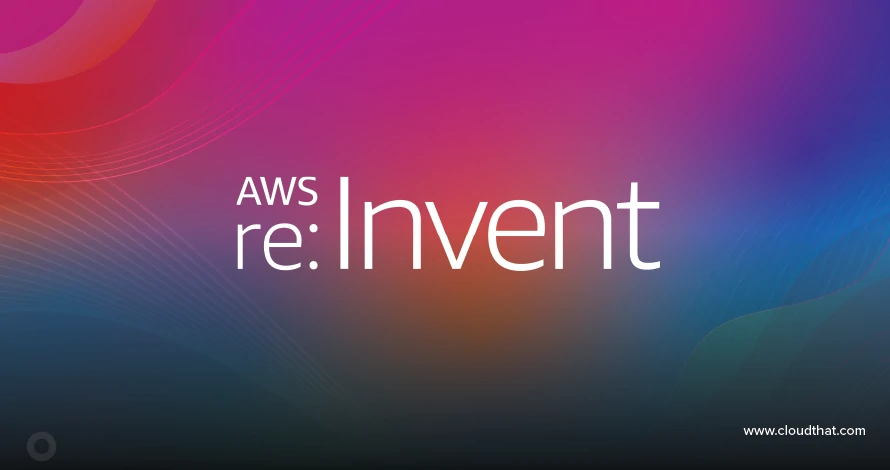|
Voiced by Amazon Polly |
Introduction
Voice-activated technologies have become integral to our daily lives, with virtual assistants like Alexa leading the way. In this tutorial, we will explore the process of building an Alexa Skill that leverages AWS Lambda for serverless computing and Amazon DynamoDB for data storage. Specifically, we’ll focus on creating a skill that allows users to query data using voice commands.
Pioneers in Cloud Consulting & Migration Services
- Reduced infrastructural costs
- Accelerated application deployment
Prerequisites
- AWS Account: Make sure you have an AWS account set up. If you don’t have one, you can easily create it on the AWS official website.
- Alexa Skills Kit (ASK) Developer Account: You will need an ASK Developer account to develop Alexa Skills. You can create one by visiting the Alexa Developer Console.
- Basic Knowledge of AWS Lambda and Amazon DynamoDB: While this guide won’t dive into extensive coding, having a fundamental understanding of AWS Lambda and Amazon DynamoDB will be beneficial.
Step-by-Step Guide
Step 1: Set Up Your Alexa Skill
- Log in to the Alexa Developer Console: Start by logging into the Alexa Developer Console using your Amazon developer account. If you don’t have one, you can create it for free.
- Create a New Skill: Click the “Create Skill” button and choose a custom skill. Name your skill and choose a language that fits your target audience.
- Define Your Skill Interaction Model: Define the interaction model for your skill. This includes specifying the skill’s invocation name, which users will use to activate it. Create custom intents for the actions you want users to perform, such as querying data.
Step 2: Set Up AWS Lambda
- Create an AWS Lambda Function: Open the AWS Management Console and navigate to AWS Lambda. Click on “Create function,” select “Author from scratch,” and configure your function. Choose a role with appropriate permissions to interact with Amazon DynamoDB.
- Configure the Alexa Skills Kit Trigger: Add the Alexa Skills Kit trigger in the AWS Lambda function designer. Connect it to your skill by providing the skill ID from the Alexa Developer Console.
- Write AWS Lambda Function Code: Write the code for your AWS Lambda function. This code will handle incoming Alexa requests, process them, and interact with Amazon DynamoDB to retrieve the necessary data. Ensure that your code follows best practices for error handling and security.
Step 3: Set Up Amazon DynamoDB:
- Create an Amazon DynamoDB Table: In the AWS Management Console, navigate to Amazon DynamoDB and create a new table to store the data you want to query. Define the primary key based on your data model.
- Populate the Table with Data: Insert sample data into your Amazon DynamoDB table. Your Alexa skill will query this data. You can use the Amazon DynamoDB console or programmatically insert data using the AWS SDK.
Step 4: Link Alexa Skill to AWS Lambda and Amazon DynamoDB:
- Configure the Alexa Skill Endpoint: In the Alexa Developer Console, navigate to your skill’s “Endpoint” section. Enter your AWS Lambda function’s ARN (Amazon Resource Name) as the endpoint.
- Enable Account Linking (Optional): If your skill requires user-specific data, consider enabling account linking to access the user’s Amazon DynamoDB data securely. This ensures a personalized experience for each user.
Step 5: Test Your Alexa Skill:
- Test in the Alexa Simulator: Use the Alexa Simulator in the Developer Console to test your skill. Enter sample voice commands and observe how your skill responds.
- Test on an Alexa Device: Deploy your skill on an Alexa-enabled device to perform real-world testing. Ensure that your AWS Lambda function and Amazon DynamoDB table are accessible and that your skill works seamlessly.
Conclusion
This blog provides a foundation for building more advanced skills that involve voice-activated data retrieval.
Drop a query if you have any questions regarding Alexa Skill and we will get back to you quickly.
Empowering organizations to become ‘data driven’ enterprises with our Cloud experts.
- Reduced infrastructure costs
- Timely data-driven decisions
About CloudThat
CloudThat is an award-winning company and the first in India to offer cloud training and consulting services worldwide. As a Microsoft Solutions Partner, AWS Advanced Tier Training Partner, and Google Cloud Platform Partner, CloudThat has empowered over 850,000 professionals through 600+ cloud certifications winning global recognition for its training excellence including 20 MCT Trainers in Microsoft’s Global Top 100 and an impressive 12 awards in the last 8 years. CloudThat specializes in Cloud Migration, Data Platforms, DevOps, IoT, and cutting-edge technologies like Gen AI & AI/ML. It has delivered over 500 consulting projects for 250+ organizations in 30+ countries as it continues to empower professionals and enterprises to thrive in the digital-first world.
FAQs
1. What is an Alexa Skill Invocation Name, and why is it important?
ANS: – The Alexa Skill Invocation Name is the phrase users use to activate their skills. It is crucial because it determines how users interact with your skill. It should be chosen carefully to ensure it’s easy to pronounce and remember, providing a smooth user experience.
2. Can I add multi-language support to my Alexa Skill?
ANS: – Yes, you can add multi-language support to your Alexa Skill. In the Alexa Developer Console, you can define multiple language models and provide translations for the content of your skill. When users interact with your skill, Alexa will automatically choose the appropriate language based on the user’s preferences.

WRITTEN BY Rachana Kampli
Rachana Kampli works as an AWS Data Engineer at CloudThat with expertise in designing and building scalable data pipeline solutions. She is skilled in a broad range of AWS services, including Amazon S3, AWS Glue, Amazon Redshift, AWS Lambda, Amazon Kinesis, AWS DMS, and Amazon QuickSight. With a strong foundation in data engineering principles, Rachana focuses on developing efficient, reliable, and cost-effective data processing and analytics solutions. In her free time, she keeps up with the latest advancements in cloud and data technologies and enjoys exploring new tools and frameworks in the data ecosystem.


 Login
Login


 December 18, 2023
December 18, 2023 PREV
PREV










Comments